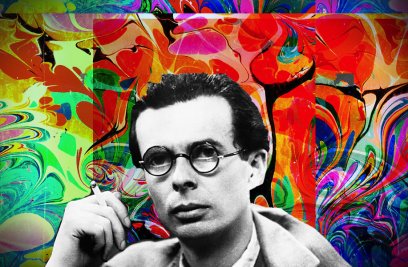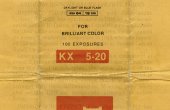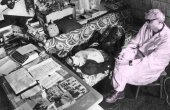Psychedelics and Spiritualism
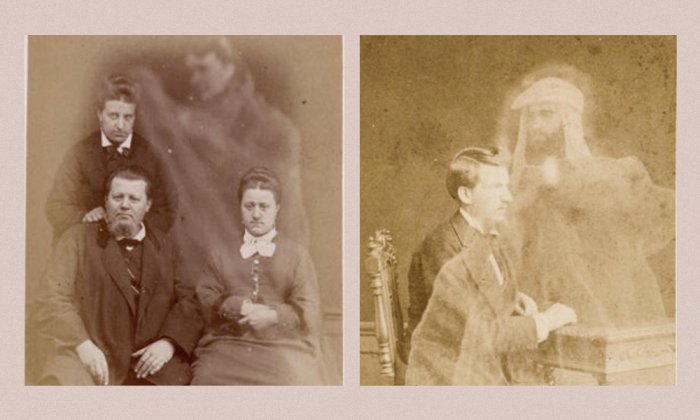
Drug-taking artists living bohemian lifestyles represent one artery of our psychedelic past, but psychologists and psychiatrists had other designs on hallucinogens. Not necessarily considering them to be medicines, a number of thinkers in the 20th century began to use such drugs to probe the edges of normal. They used non-ordinary states of consciousness in ways that pushed the boundaries of acceptable Western thought to discover how the human mind worked.
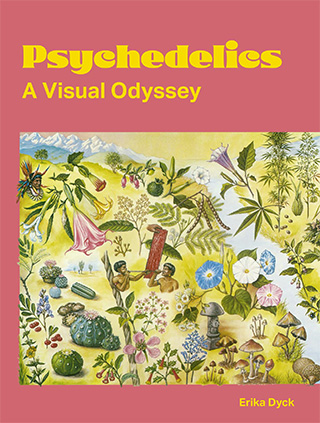
Psychedelics urged some thinkers to look outside of their professions, even outside of institutionalized forms of knowledge, to explain the psychedelic phenomenon. While anthropologists and ethnobotanists sought answers through interactions with Indigenous cultures, these psychedelic enthusiasts looked to the paranormal as a source of inspiration. Spiritualism and medicine have a mercurial relationship. In the late 18th century, German physician Franz Mesmer popularized ideas about psychic energy as he applied the concept of magnetism to human physiology. He cultivated an interest in hypnosis, lending his name to the cause: mesmerism.
The idea that invisible forces of energy drew people and animals together, mesmerism attracted followers, among them scientists and physicians seeking explanations for what appeared to be mystical, or even just mysterious, phenomena. Spiritualism later emerged as a concept that brought these ideas together, blending science and mysticism, while sometimes verging into studies of the occult.
Drawing on eclectic influences, from electricity and physiology to philosophy and occulism, spiritualism never fully developed into a recognizable movement with legal or professional standing, excepting a few notable clubs and local organizations dotted throughout history. Its ephemeral status notwithstanding, spiritualism nourished studies of consciousness in important ways. Just as some psychedelia seekers had peeked into other realities hoping for an audience with God, a mystical adventure, or an enlightened insight, others were curious about the capacity for psychedelics to foster communication across time and space. Parapsychology and paranormal studies comingled with spiritualism in developing mechanisms for channeling conversations with the dead, or for opening up planes of communication across space, like telepathy. Telepathy was a term coined by Reverend Frederic Myers, a founder of the Society for Psychical Research, and an important influence on Aldous Huxley.
One of the people poised at the intersection of psychedelics and the paranormal in the mid-20th century was Irish-born medium and psychic communicator Eileen Garrett (1893–1970). She had a rather tragic start to life, with both parents committing suicide within a few months of her birth. Growing up as an orphan, she earned a reputation for her many invisible friends. Over time, however, those invisible friends took on new meaning, and by the 1960s, Garrett was considered the most famous psychic medium in the world. Followers credited her with helping hundreds of physicians, psychiatrists, and scientists, alongside writers and politicians, by channeling conversations with missing or dead people; according to them, she forecast deadly events and located missing people. Although she had her fair share of critics, Garrett also attracted serious followers and openly sought the scrutiny of skeptics. In 1941 she established Tomorrow magazine, a monthly periodical featuring literature and articles on public affairs written by a growing number of friends, including Robert Graves and Aldous Huxley.
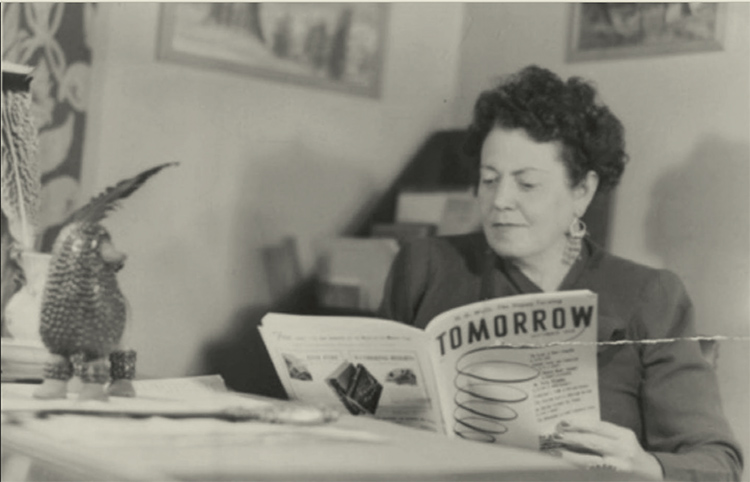
In the 1950s Garrett created the Parapsychology Foundation and expanded her network with psychedelic researchers. Indeed, her relationship with Aldous Huxley had blossomed and he introduced her to his close friend and colleague, Humphry Osmond. He had a deep curiosity about Garrett’s views on the unconscious, a topic on which he had written in respect of accessing it using psychedelic drugs, including LSD, psilocybin, Ololiuqui (a Nahuatl word for the seeds from a species of morning glory), and mescaline. Together they began attending meetings on the topics of pharmacology, parapsychology, psychiatry, and psychedelics, nurturing a somewhat eclectic blend of influences.
Joining forces, psychiatrist Osmond and medium Garrett began developing models for testing hypnosis, clairvoyance, and trance under the influence of LSD. Some of these models were later picked up by the CIA in its MK-Ultra program, but Garrett defended the use of psychedelics in parapsychology, not for their capacity to control minds, but rather the opposite. She adopted Huxley’s expression of “pure awareness,” to describe her fascination with this intersection. “We do not live in a world of concepts, be we have to be able to live in a world of pure subjectivity and receptivity, as well as to be able to move from one to another — for if we live in either world alone, we are sub-human,” she wrote in her autobiography. “To be accepted in the world of science, parapsychology must remain flexible, free to study and experiment in the uncharted and interior regions of man’s mind.”
Beyond connecting with Aldous Huxley, Garrett had a special relationship with his first wife Maria; indeed, it was Maria who introduced them. Maria’s abiding interest in the paranormal led her to participate in seances and seek out mystical experiences led by Indigenous shamans in the American West. It may have been Maria’s curiosity in these areas that drew Aldous’ attention to some of these topics, and it was her urging that led Aldous to invite Humphry Osmond to their home for their first mescaline experience. Garrett claimed to be in regular communication with her, first across an ocean when the two of them lived on separate continents and continuing even after Maria’s death in 1955.
On the morning of American President John F. Kennedy’s assassination, Maria visited Garrett from beyond the grave, telling her: “It is finished. He is sleeping now.” But Maria’s message was not about the president. Aldous Huxley died that same day, just hours after JFK.
Erika Dyck is Professor and Canada Research Chair in the History of Health & Social Justice at the University of Saskatchewan. She is the author of several books, including “Psychedelic Psychiatry,” “Facing Eugenics,” and “Psychedelics,” from which this article is excerpted.
